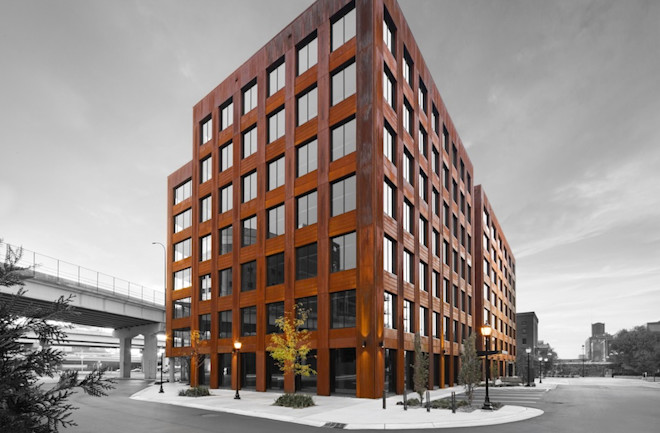This article appeared in the June 2020 issue of Discover magazine as "Reach for the Sky." Subscribe for more stories like these.
The Material Revolutionizing the Construction Industry? Wood
Architects and engineers are working on ways to swap steel and glass for strong, sustainable wood-based materials.
May 13, 2020 8:00 PMMay 15, 2020 4:48 PM

(Credit: Ema Peter/Michael Green Architecture)
Newsletter
Sign up for our email newsletter for the latest science news
0 free articles left
Want More? Get unlimited access for as low as $1.99/month
Stay Curious
Sign up for our weekly newsletter and unlock one more article for free.
View our Privacy Policy
Want more?
Keep reading for as low as $1.99!
Already a subscriber?
Find my Subscription
More From Discover
Stay Curious
Subscribe
To The Magazine
Save up to 40% off the cover price when you subscribe to Discover magazine.
Copyright © 2025 LabX Media Group
